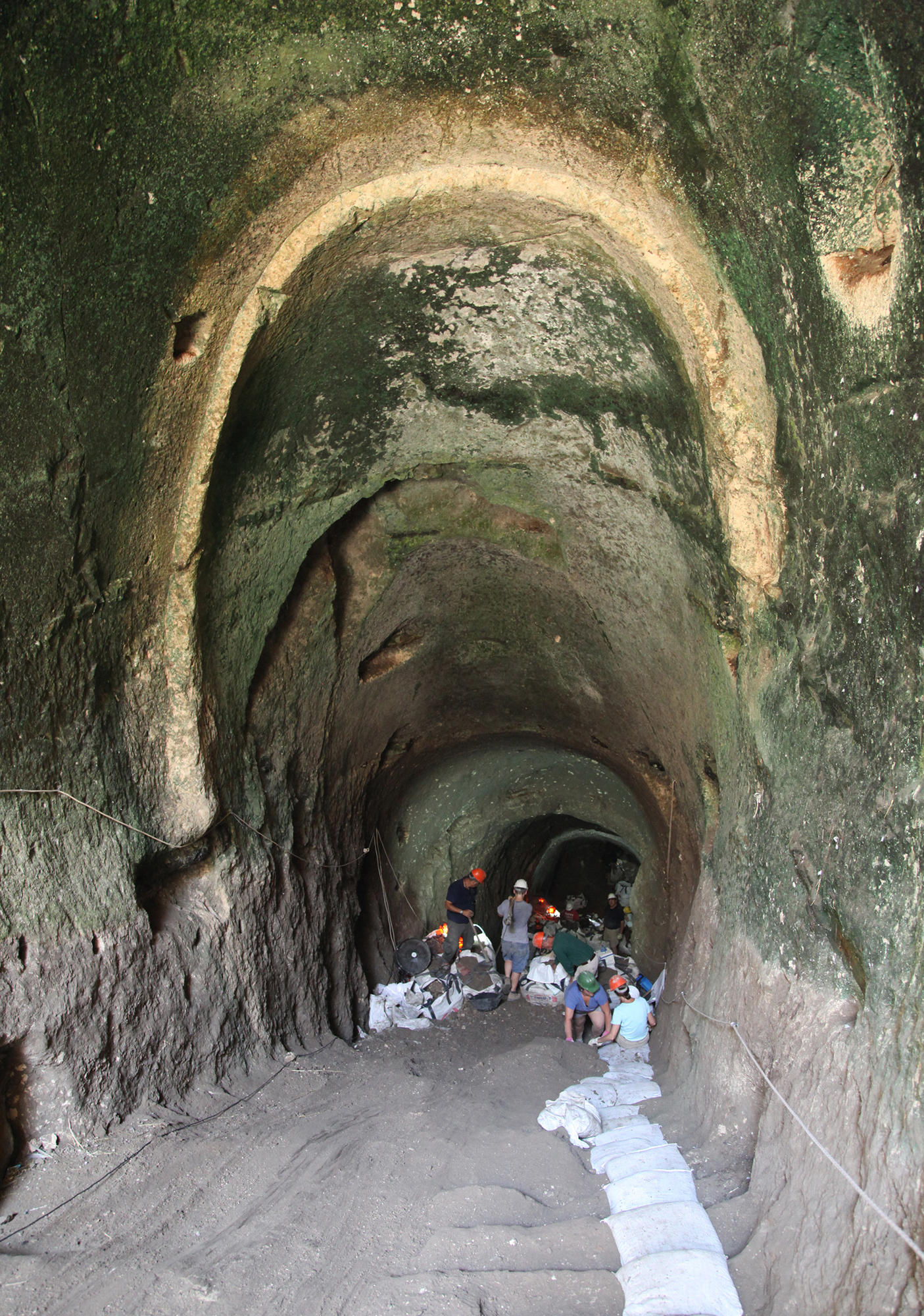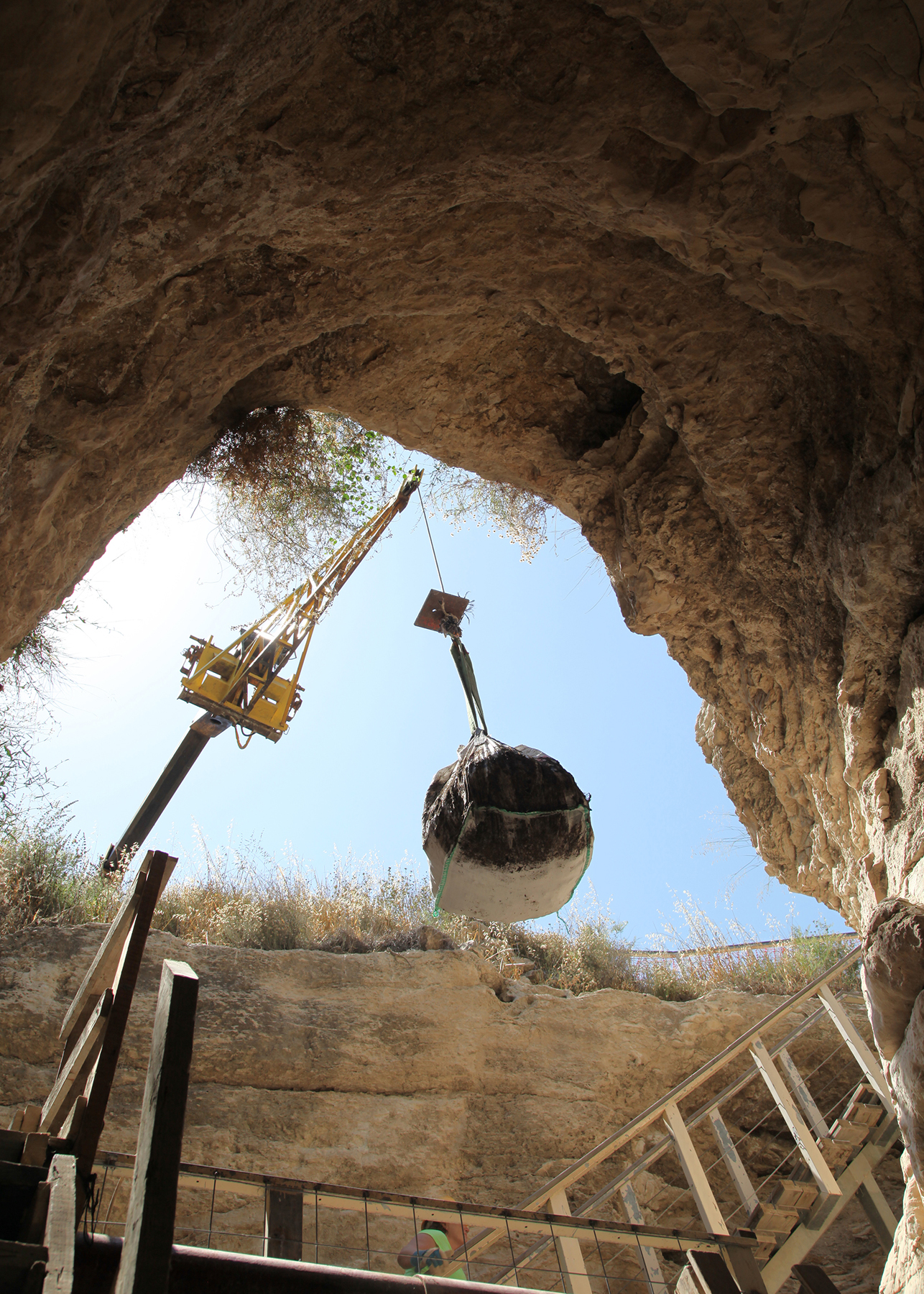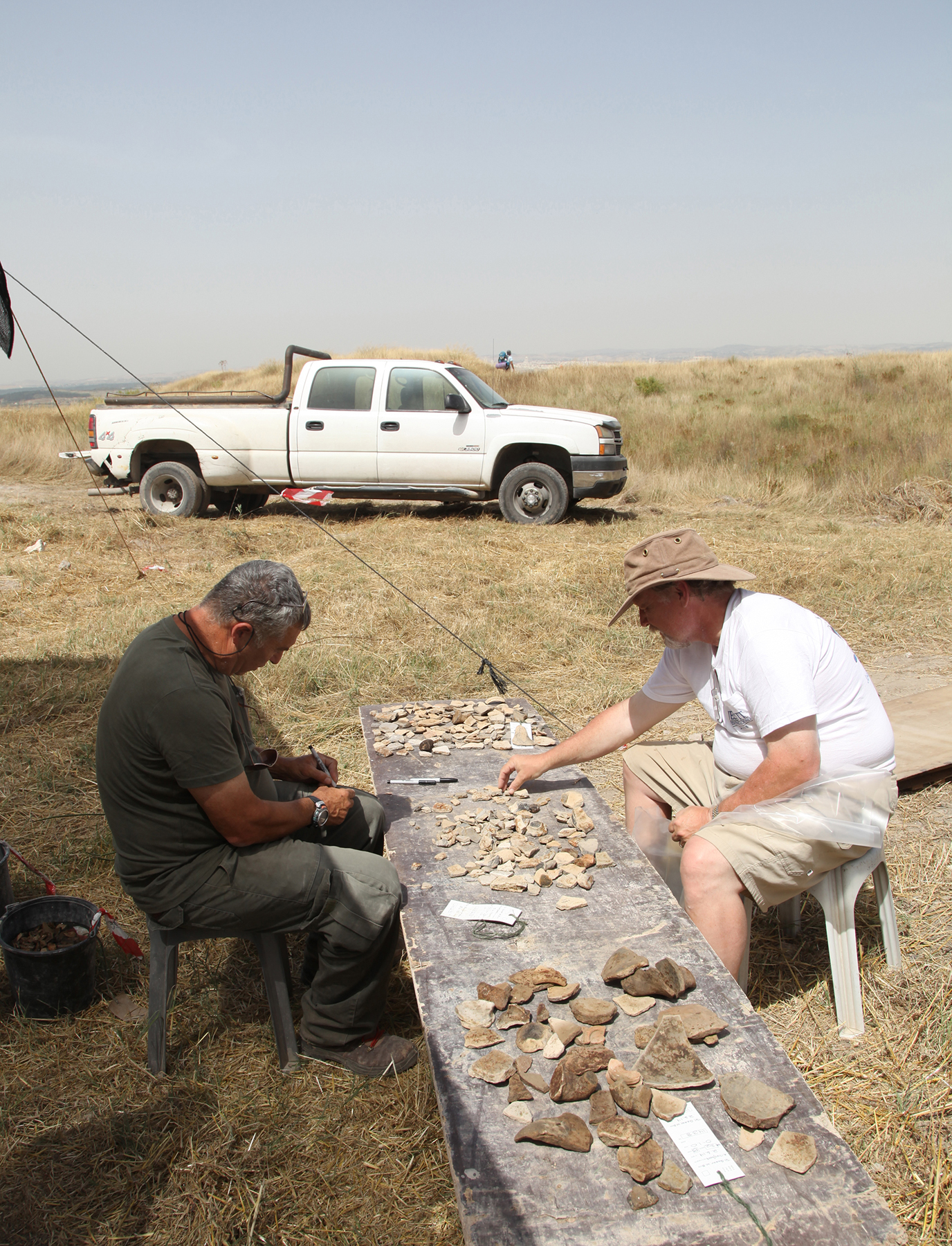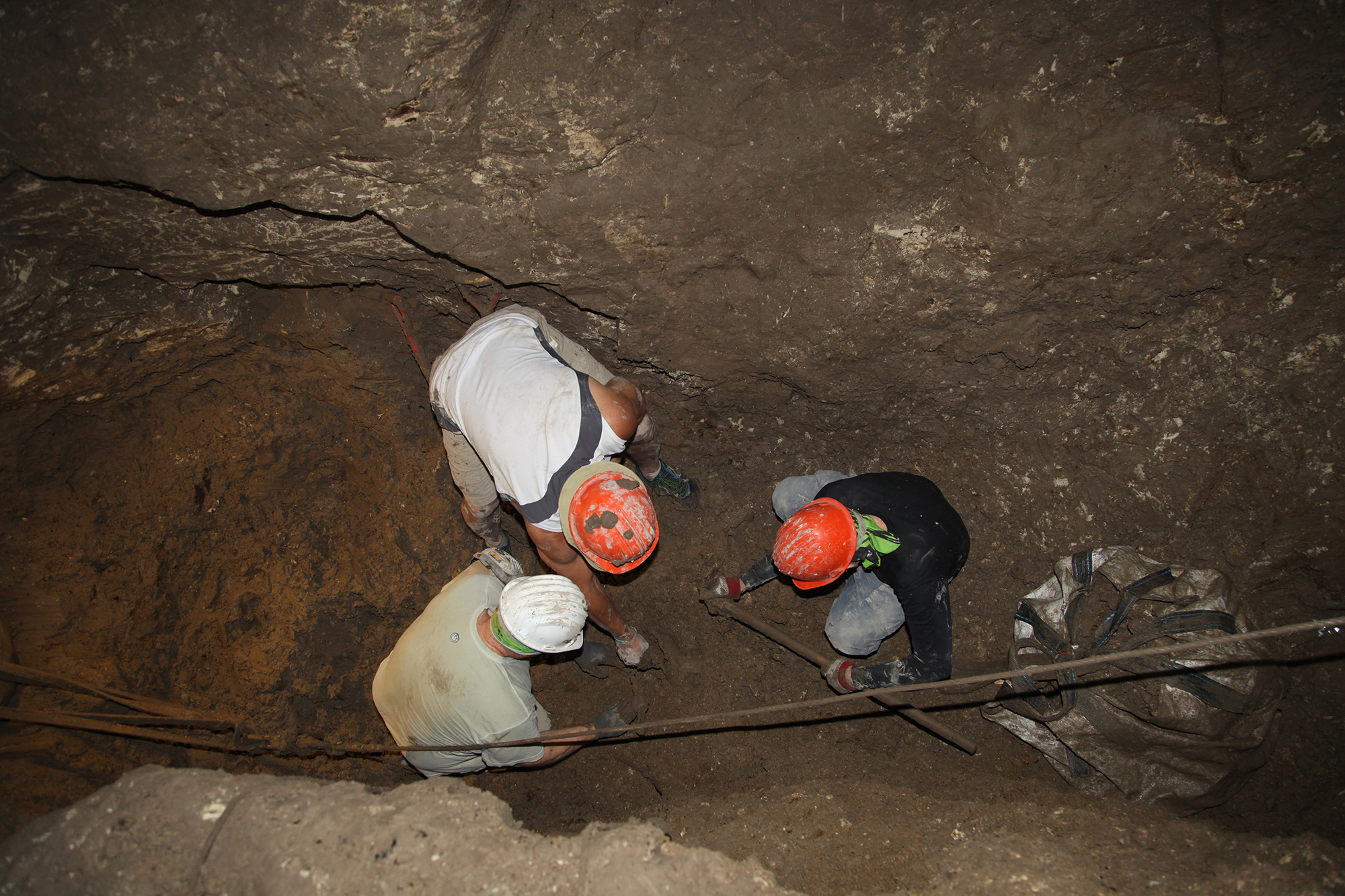
NEVE SHALOM, Israel (BP) — After the Israelites entered the Promised Land of Canaan following 400 years of bondage in Egypt, the ancient city of Gezer was memorialized in Scripture, but not in a positive way. Gezer is forever connected with the failure of God’s people to fully possess the land He had given them.
[SLIDESHOW=38690,38693,38695]Gezer — where New Orleans Baptist Theological Seminary is engaged in archaeological discovery — was allotted to the tribe of Ephraim, as recorded in Joshua 16:3 and 16:10, and it became one of the Levitical cities, according to Joshua 21:21. At that time, the Bible offers a blunt assessment of what did not happen at Gezer:
“But, they did not drive out the Canaanites who lived in Gezer. So the Canaanites live in Ephraim to this day, but they are forced laborers” (Joshua 16:10, HCSB).
In the biblical record, Gezer also is connected to the Israelites’ conquest of the land. In Joshua 10:33 and again in 12:12, Scripture records an account of the Battle of Makkedah in the Aijalon Valley. When the king of Gezer led his army south to help defend the Canaanite stronghold of Lachish, Israel prevailed, capturing Lachish and killing the king of Gezer.
The monumental Canaanite ruins at Gezer still bear witness to their strength and their devotion to false gods. Because the Israelites failed to drive out the Canaanites in cities such as Gezer, the worship of idols became a trap for God’s people.
 For the past five years, a team of archaeologists and volunteers from New Orleans Seminary’s Moskau Institute of Archaeology has excavated at Gezer with the goal of determining who constructed the ancient water system and when it was constructed.
For the past five years, a team of archaeologists and volunteers from New Orleans Seminary’s Moskau Institute of Archaeology has excavated at Gezer with the goal of determining who constructed the ancient water system and when it was constructed.
The Gezer excavation is a joint project of NOBTS’ Moskau Institute and the Israel Nature and Parks Authority (INPA). The dig is co-directed by NOBTS professor Dan Warner and INPA chief archaeologist Tsvika Tsuk. Jim Parker, NOBTS professor and executive director of the Moskau institute, and Dennis Cole, professor and chairman of the division of biblical studies, also provide leadership for the dig. In conjunction with the dig, NOBTS has launched an academic program in archaeology, offering a master of arts in biblical archaeology.
By Warner’s estimate, the Canaanites likely built the water system between 2000-1800 B.C. during the height of Gezer’s prominence as a Canaanite city-state. Though this would place construction 500-700 years before the Israelite conquest of Canaan, the water system can shed light on the Canaanite people and their culture — a culture which plays such a formidable role in the Old Testament.
 The Canaanites experienced a time of cultural decline in the years before the conquest but they were still a formidable foe with heavily fortified cities. The water system, along with the massive defensive walls and gate, illustrate an advanced society with great technical know-how, significant engineering skills and a desire to build things on a large scale.
The Canaanites experienced a time of cultural decline in the years before the conquest but they were still a formidable foe with heavily fortified cities. The water system, along with the massive defensive walls and gate, illustrate an advanced society with great technical know-how, significant engineering skills and a desire to build things on a large scale.
“This is an unbelievable water system. It’s monumental, there is nothing like it in the world,” said Warner, associate professor of Old Testament and archaeology at NOBTS. “It is one of the oldest and largest [water systems] in the world.”
The system, which provided a water source inside the walls of Gezer, consists of four parts: a keyhole-shaped entrance, a long diagonal shaft, a basin to collect water and a cavern located just beyond the basin. The massive water system, at its opening, measures 12 feet wide and 24 feet high, stretching 130 feet into the ground at a 38-degree slope.
Irish archaeologist R.A.S. Macalister excavated the system from 1906-08. He and French archaeologist Peré Vincent, who visited the site, produced detailed drawings and accounts of the system’s features. Shortly after the excavation, a retaining wall collapsed and refilled the water system. It remained untouched for 102 years.
 Macalister dated the system to the Middle Bronze Age. However, many modern archaeologists attribute its construction to the Iron Age Israelites under King Ahab (c. 870 B.C.). These are the two most logical options since the other monumental building projects at Gezer also were completed during these distinct periods.
Macalister dated the system to the Middle Bronze Age. However, many modern archaeologists attribute its construction to the Iron Age Israelites under King Ahab (c. 870 B.C.). These are the two most logical options since the other monumental building projects at Gezer also were completed during these distinct periods.
Gezer water system: a brief history
In the Middle Bronze Age, Gezer grew from a small village into a heavily fortified city-state. The Canaanites built high stone walls, massive towers and a mud-brick gate system to protect the city.
King Solomon started another construction boom in the Iron Age. He rebuilt and fortified Gezer and strengthened the defenses at Hazor, Jerusalem and Megiddo (1 Kings 9:15-17). Some archaeologists believe that water systems around the time of King Ahab were built at Hazor and Megiddo, leading them to date the Gezer system to the same period. Recent evidence may date Megiddo to the earlier Middle Bronze Age, providing additional evidence for Gezer’s early dating.
During his dig, Macalister cleared the shaft and cut probes into the cavern but he did not excavate the basin area. Instead, he laid a “causeway” of stones across the muddy basin to reach the cavern. While the causeway helped Macalister’s team reach the cavern, it also protected materials resting in the basin from contamination following the retaining wall’s 1908 collapse. The NOBTS/INPA team discovered Macalister’s causeway during the 2012 dig season.
The 2014 excavation plan called for clearing the entire width of the basin and exposing the bottom of the basin. The dirt sealed below the causeway would be sifted for pottery to help establish a date for the system’s construction.
The first goal proved too large for one season. The team cleared half the width from the bottom step of the water shaft to the cavern entrance but failed to find the lowest point of the basin (which is believed to be the source for the water). The bottom is still sloping at a steep angle, so far, reaching nine feet below the causeway. The lowest point of the bottom must be well inside the cavern. This enormity was unexpected.
The second goal, collecting finds and pottery to help determine a date for the system, proved more attainable. The team discovered thousands of broken pottery pieces sealed under Macalister’s causeway, most dating to the Late Bronze Age (c. 1550-1200 B.C.). Since these finds date the last use of the system, the wear on the steps indicate a construction date for the tunnel much earlier, likely the Middle Bronze Age.
The Bible provides additional dating clues. David’s men utilized a “water shaft” to invade and conquer the fortress of Zion/Jerusalem (2 Samuel 5:6-8). Archaeological evidence found there confirms that rock-hewn systems were present in the land long before the time of Ahab. Based on all the available data, Warner believes the Gezer system was carved very close to the time of the water system in Jerusalem dating around 2000 B.C.
How the Canaanites could build such a system remains a mystery. Many have attributed the system to outside influences such as the Minoans, Egyptians or Mesopotamians. But the Middle Bronze Age dating removes that option. Warner maintains the possibility that the Canaanites developed the technology.
“I think the Canaanites, by this time period, have reached a level of engineering ability to do this,” Warner said. “If the Canaanites did not develop the techniques, I think maybe they sure were spreading the technology to others.”
Return to Gezer
The 2014 season marked the conclusion of the Moskau Institute’s original commitment at Gezer. However, with more work to do, NOBTS renewed its commitment for several additional years and will continue to excavate the water system. With the extra time, the crew will be able to clear the entire basin, explore and study the cavern and investigate how the system functioned.
After the completion of the NOBTS/INPA dig, the Israeli government plans to equip the tunnel with stairs and open portions of the system to the public.
Next year’s dig at Gezer will run from May 24 to June 11. For information about Gezer or for details regarding participation in the 2015 dig, contact Dan Warner ([email protected]) or Dennis Cole ([email protected]) at NOBTS. Those interested in the master of arts degree in biblical archaeology may contact Warner or Cole for more information.
















